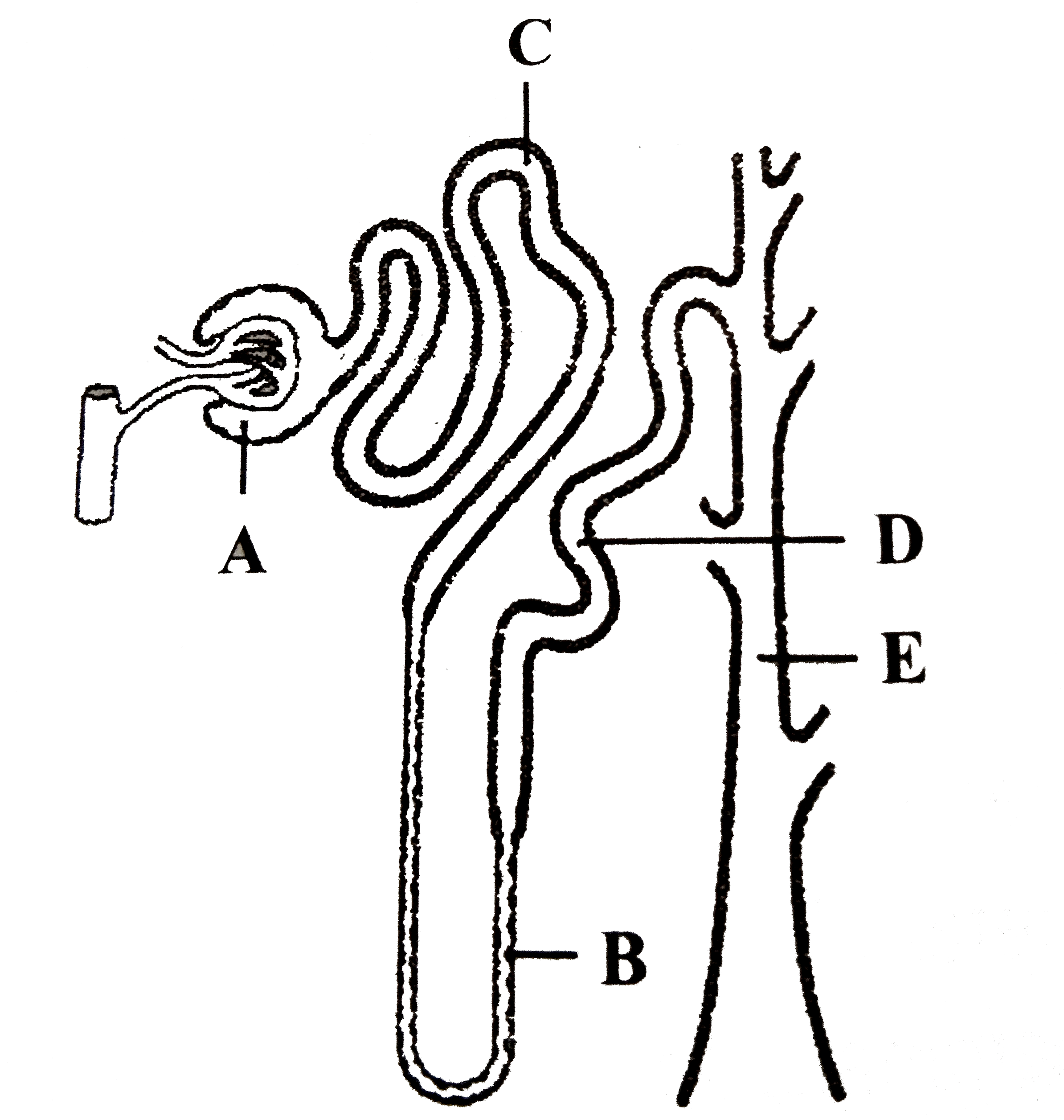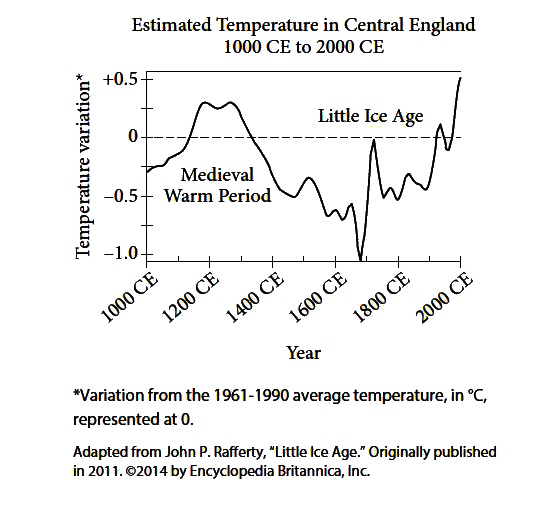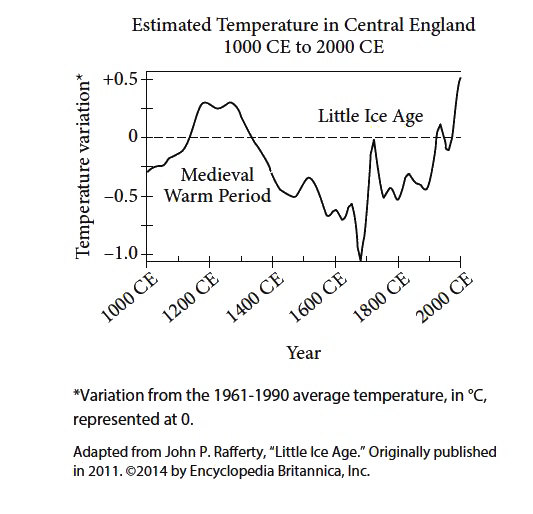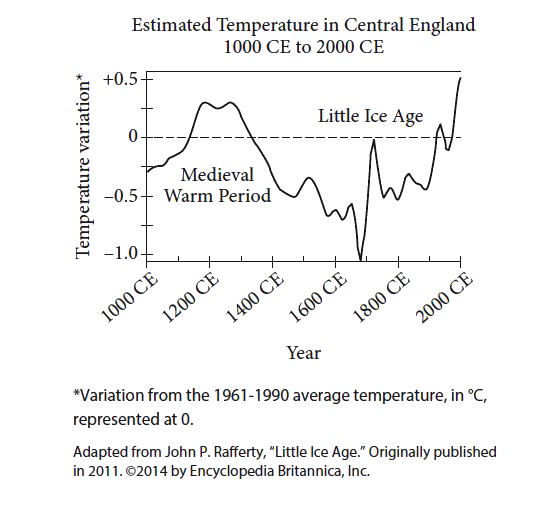Identify the pollutant gases largely responsible for the discoloured and lustreless nature of marble of the Taj Mahal.
SO2andNO2
SO2andO3
O3andCO2
CO2andNO2
The correct Answer is:A
Step by step video & image solution for Identify the pollutant gases largely responsible for the discoloured and lustreless nature of marble of the Taj Mahal. by Chemistry experts to help you in doubts & scoring excellent marks in Class 12 exams.
Updated on:21/07/2023Topper's Solved these Questions
- NITROGEN & OXYGEN FAMILYBOOK - RESONANCE ENGLISHCHAPTER - NITROGEN & OXYGEN FAMILYEXERCISE - APSP
29 Videos
- NITROGEN & OXYGEN FAMILYBOOK - RESONANCE ENGLISHCHAPTER - NITROGEN & OXYGEN FAMILYEXERCISE - Part-II National Standard Examination in chemistry
30 Videos
- NITROGEN & OXYGEN FAMILYBOOK - RESONANCE ENGLISHCHAPTER - NITROGEN & OXYGEN FAMILYEXERCISE - Exercise 3 (Part-II: JEE MAIN)
13 Videos
- METALLURGYBOOK - RESONANCE ENGLISHCHAPTER - METALLURGYEXERCISE - ORGANIC CHEMISTRY(Alkyl Halide, Alcohol,Phenol,Ether)
17 Videos
- NITROGEN CONTAINING COMPOUNDSBOOK - RESONANCE ENGLISHCHAPTER - NITROGEN CONTAINING COMPOUNDSEXERCISE - ORGANIC CHEMISTRY(Nitrogen containing Compounds)
30 Videos
Similar Questions
This secondary pollutant has caused significant damage to the beauty of historical monuments like the Taj Mahal and Red fort. Identify the correct match of the responsible pollutant and its characteristics feature.
View SolutionRead the following functions and identify the part of nephron responsible for it.
A. Nearly all of the essential nutrient and 70-80% of electroytes and water are reabsorbed by this segement.
B. Conditional reabsorption of Na+ and water takes place in this segement.
C. Large amounts of water could be reabsorbed from this region to produce concentrated urine.
View Solution
Knowledge Check
Which of the following reactions is taking place resulting in discolouration of marble of the buildings like Taj Mahal?
ACaCO3+H2SO4→CaSO4+H2O+CO2BCaCO3+2HCl→CaCl2+H2O+CO2CCaCO3+H2O→Ca(OH)2+CO2DCaCO3→CaO+CO2
The given figure represents a single nephron from a mammalian kidney. Identify the labelled parts, match them with the functions (i-iv) and select the correct option.
(i). The site of ultrafiltration.
(ii). Particularly sensitive to ADH.
(iii). The main site for the reabsorption of glucose and amino acids.
(iv). Largely responsible for the maintenance of blood pH.Aa) (i)-A,(ii),E,(iii)-C,(iv)-DBb) (i)-A,(ii)-B,(iii)-C,(iv)-DCc) (i)-B,(ii)-A,(iii)-C,(iv)-EDd) (i)-E,(ii)-B,(iii)-D,(iv)-AWhich of the following statements regarding eutrophication are correct ?
(i) Eutrophication is the natural ageing of a lake by nutrient enrichment of its water.
(ii) Pollutants from human activities like effluents from the industries and homes can radically accelerate the aging process of a lake. This phenomenon is called as cultural or accelerated eutrophication.
(iii) The plant nutrients responsible for eutrophication are nitrates and phosphates.
(iv) These phosphates and nitrates accelerate the growth of algae, which utilise oxygen and may deoxygenate the water to kill the fish and other aquatic animals.A(i) and (ii)B(iii) and (iv)C(i), (ii) and (iii)D(i), (ii), (iii) and (iv)
About 750 years ago, a powerful volcano erupted somewhere on Earth, kicking off a centuries-long cold snap known as the Little Ice Age. Identifying the volcano responsible has been tricky.
That a powerful volcano erupted somewhere in the world, sometime in the Middle Ages, is written in polar ice cores in the form of layers of sulfate deposits and tiny shards of volcanic glass. These cores suggest that the amount of sulfur the mystery volcano sent into the stratosphere put it firmly among the ranks of the strongest climate-perturbing eruptions of the current geological epoch, the Holocene, a period that stretches from 10,000 years ago to the present. A haze of stratospheric sulfur cools the climate by reflecting solar energy back into space.
In 2012, a team of scientists led by geochemist Gifford Miller strengthened the link between the mystery eruption and the onset of the Little Ice Age by using radiocarbon dating of dead plant material from beneath the ice caps on Baffin Island and Iceland, as well as ice and sediment core data, to determine that the cold summers and ice growth began abruptly between 1275 and 1300 C.E. (and became intensified between 1430 and 1455 C.E.). Such a sudden onset pointed to a huge volcanic eruption injecting sulfur into the stratosphere and starting the cooling. Subsequent, unusually large and frequent eruptions of ther volcanoes, as well as sea-ice/ocean feedbacks persisting long after the aerosols have been removed from the atmosphere, may have prolonged the cooling through the 1700s. Volcanologist Franck Lavigne and colleagues now think they’ve identified the volcano in question: Indonesia’s Samalas. One line of evidence, they note, is historical records. According to Babad Lombok, records of the island written on palm leaves in Old Javanese, Samalas erupted catastrophically before the end of the 13th century, evastating surrounding villages—including Lombok’s capital at the time, Pamatan—with ash and fast-moving sweeps of hot rock and gas called pyroclastic flows. The researchers then began to reconstruct the formation of the large, 800-meter-deep caldera [a basin-shaped volcanic crater] that now sits atop the volcano. They examined 130 outcrops on the flanks of the olcano, exposing sequences of pumice—ash hardened into rock—and other pyroclastic material. The volume of ash deposited, and the estimated height of the eruption plume (43 kilometers above sea level) put the eruption’s magnitude at a minimum of 7 on the volcanic explosivity index (which has a scale of 1 to 8)—making it one of the largest known in the Holocene. The team also performed radiocarbon analyses on carbonized tree trunks and branches buried within the pyroclastic deposits to confirm the date of the eruption, it could not, they concluded, have happened before 1257 C.E., and certainly happened in the 13th century. It’s not a total surprise that an Indonesian volcano might be the source of the eruption, Miller says. “An equatorial eruption is more consistent with the apparent climate impacts.” And, he adds, with sulfate appearing in both polar ice caps—Arctic and Antarctic—there is “a strong consensus” that this also supports an equatorial source. Another possible candidate—both in terms of timing and geographical location—is Ecuador’s Quilotoa, estimated to have last erupted between 1147 and 1320 C.E. But when Lavigne’s team examined shards of volcanic glass from this volcano, they found that they didn’t match the chemical composition of the glass found in polar ice cores, whereas the Samalas glass is a much closer match. That, they suggest, further strengthens the case that Samalas was responsible for the medieval “year without summer” in 1258 C.E.

The main purpose of the passage is to
View SolutionAbout 750 years ago, a powerful volcano erupted somewhere on Earth, kicking off a centuries-long cold snap known as the Little Ice Age. Identifying the volcano responsible has been tricky.
That a powerful volcano erupted somewhere in the world, sometime in the Middle Ages, is written in polar ice cores in the form of layers of sulfate deposits and tiny shards of volcanic glass. These cores suggest that the amount of sulfur the mystery volcano sent into the stratosphere put it firmly among the ranks of the strongest climate-perturbing eruptions of the current geological epoch, the Holocene, a period that stretches from 10,000 years ago to the present. A haze of stratospheric sulfur cools the climate by reflecting solar energy back into space.
In 2012, a team of scientists led by geochemist Gifford Miller strengthened the link between the mystery eruption and the onset of the Little Ice Age by using radiocarbon dating of dead plant material from beneath the ice caps on Baffin Island and Iceland, as well as ice and sediment core data, to determine that the cold summers and ice growth began abruptly between 1275 and 1300 C.E. (and became intensified between 1430 and 1455 C.E.). Such a sudden onset pointed to a huge volcanic eruption injecting sulfur into the stratosphere and starting the cooling. Subsequent, unusually large and frequent eruptions of ther volcanoes, as well as sea-ice/ocean feedbacks persisting long after the aerosols have been removed from the atmosphere, may have prolonged the cooling through the 1700s. Volcanologist Franck Lavigne and colleagues now think they’ve identified the volcano in question: Indonesia’s Samalas. One line of evidence, they note, is historical records. According to Babad Lombok, records of the island written on palm leaves in Old Javanese, Samalas erupted catastrophically before the end of the 13th century, evastating surrounding villages—including Lombok’s capital at the time, Pamatan—with ash and fast-moving sweeps of hot rock and gas called pyroclastic flows. The researchers then began to reconstruct the formation of the large, 800-meter-deep caldera [a basin-shaped volcanic crater] that now sits atop the volcano. They examined 130 outcrops on the flanks of the olcano, exposing sequences of pumice—ash hardened into rock—and other pyroclastic material. The volume of ash deposited, and the estimated height of the eruption plume (43 kilometers above sea level) put the eruption’s magnitude at a minimum of 7 on the volcanic explosivity index (which has a scale of 1 to 8)—making it one of the largest known in the Holocene. The team also performed radiocarbon analyses on carbonized tree trunks and branches buried within the pyroclastic deposits to confirm the date of the eruption, it could not, they concluded, have happened before 1257 C.E., and certainly happened in the 13th century. It’s not a total surprise that an Indonesian volcano might be the source of the eruption, Miller says. “An equatorial eruption is more consistent with the apparent climate impacts.” And, he adds, with sulfate appearing in both polar ice caps—Arctic and Antarctic—there is “a strong consensus” that this also supports an equatorial source. Another possible candidate—both in terms of timing and geographical location—is Ecuador’s Quilotoa, estimated to have last erupted between 1147 and 1320 C.E. But when Lavigne’s team examined shards of volcanic glass from this volcano, they found that they didn’t match the chemical composition of the glass found in polar ice cores, whereas the Samalas glass is a much closer match. That, they suggest, further strengthens the case that Samalas was responsible for the medieval “year without summer” in 1258 C.E.

Which choice best supports the claim that Quilotoa was not responsible for the Little Ice Age?
View SolutionAbout 750 years ago, a powerful volcano erupted somewhere on Earth, kicking off a centuries-long cold snap known as the Little Ice Age. Identifying the volcano responsible has been tricky.
That a powerful volcano erupted somewhere in the world, sometime in the Middle Ages, is written in polar ice cores in the form of layers of sulfate deposits and tiny shards of volcanic glass. These cores suggest that the amount of sulfur the mystery volcano sent into the stratosphere put it firmly among the ranks of the strongest climate-perturbing eruptions of the current geological epoch, the Holocene, a period that stretches from 10,000 years ago to the present. A haze of stratospheric sulfur cools the climate by reflecting solar energy back into space.
In 2012, a team of scientists led by geochemist Gifford Miller strengthened the link between the mystery eruption and the onset of the Little Ice Age by using radiocarbon dating of dead plant material from beneath the ice caps on Baffin Island and Iceland, as well as ice and sediment core data, to determine that the cold summers and ice growth began abruptly between 1275 and 1300 C.E. (and became intensified between 1430 and 1455 C.E.). Such a sudden onset pointed to a huge volcanic eruption injecting sulfur into the stratosphere and starting the cooling. Subsequent, unusually large and frequent eruptions of ther volcanoes, as well as sea-ice/ocean feedbacks persisting long after the aerosols have been removed from the atmosphere, may have prolonged the cooling through the 1700s. Volcanologist Franck Lavigne and colleagues now think they’ve identified the volcano in question: Indonesia’s Samalas. One line of evidence, they note, is historical records. According to Babad Lombok, records of the island written on palm leaves in Old Javanese, Samalas erupted catastrophically before the end of the 13th century, evastating surrounding villages—including Lombok’s capital at the time, Pamatan—with ash and fast-moving sweeps of hot rock and gas called pyroclastic flows. The researchers then began to reconstruct the formation of the large, 800-meter-deep caldera [a basin-shaped volcanic crater] that now sits atop the volcano. They examined 130 outcrops on the flanks of the olcano, exposing sequences of pumice—ash hardened into rock—and other pyroclastic material. The volume of ash deposited, and the estimated height of the eruption plume (43 kilometers above sea level) put the eruption’s magnitude at a minimum of 7 on the volcanic explosivity index (which has a scale of 1 to 8)—making it one of the largest known in the Holocene. The team also performed radiocarbon analyses on carbonized tree trunks and branches buried within the pyroclastic deposits to confirm the date of the eruption, it could not, they concluded, have happened before 1257 C.E., and certainly happened in the 13th century. It’s not a total surprise that an Indonesian volcano might be the source of the eruption, Miller says. “An equatorial eruption is more consistent with the apparent climate impacts.” And, he adds, with sulfate appearing in both polar ice caps—Arctic and Antarctic—there is “a strong consensus” that this also supports an equatorial source. Another possible candidate—both in terms of timing and geographical location—is Ecuador’s Quilotoa, estimated to have last erupted between 1147 and 1320 C.E. But when Lavigne’s team examined shards of volcanic glass from this volcano, they found that they didn’t match the chemical composition of the glass found in polar ice cores, whereas the Samalas glass is a much closer match. That, they suggest, further strengthens the case that Samalas was responsible for the medieval “year without summer” in 1258 C.E.

As used in line 68, the phrase “Another possible candidate” implies that
View SolutionAbout 750 years ago, a powerful volcano erupted somewhere on Earth, kicking off a centuries-long cold snap known as the Little Ice Age. Identifying the volcano responsible has been tricky.
That a powerful volcano erupted somewhere in the world, sometime in the Middle Ages, is written in polar ice cores in the form of layers of sulfate deposits and tiny shards of volcanic glass. These cores suggest that the amount of sulfur the mystery volcano sent into the stratosphere put it firmly among the ranks of the strongest climate-perturbing eruptions of the current geological epoch, the Holocene, a period that stretches from 10,000 years ago to the present. A haze of stratospheric sulfur cools the climate by reflecting solar energy back into space.
In 2012, a team of scientists led by geochemist Gifford Miller strengthened the link between the mystery eruption and the onset of the Little Ice Age by using radiocarbon dating of dead plant material from beneath the ice caps on Baffin Island and Iceland, as well as ice and sediment core data, to determine that the cold summers and ice growth began abruptly between 1275 and 1300 C.E. (and became intensified between 1430 and 1455 C.E.). Such a sudden onset pointed to a huge volcanic eruption injecting sulfur into the stratosphere and starting the cooling. Subsequent, unusually large and frequent eruptions of ther volcanoes, as well as sea-ice/ocean feedbacks persisting long after the aerosols have been removed from the atmosphere, may have prolonged the cooling through the 1700s. Volcanologist Franck Lavigne and colleagues now think they’ve identified the volcano in question: Indonesia’s Samalas. One line of evidence, they note, is historical records. According to Babad Lombok, records of the island written on palm leaves in Old Javanese, Samalas erupted catastrophically before the end of the 13th century, evastating surrounding villages—including Lombok’s capital at the time, Pamatan—with ash and fast-moving sweeps of hot rock and gas called pyroclastic flows. The researchers then began to reconstruct the formation of the large, 800-meter-deep caldera [a basin-shaped volcanic crater] that now sits atop the volcano. They examined 130 outcrops on the flanks of the olcano, exposing sequences of pumice—ash hardened into rock—and other pyroclastic material. The volume of ash deposited, and the estimated height of the eruption plume (43 kilometers above sea level) put the eruption’s magnitude at a minimum of 7 on the volcanic explosivity index (which has a scale of 1 to 8)—making it one of the largest known in the Holocene. The team also performed radiocarbon analyses on carbonized tree trunks and branches buried within the pyroclastic deposits to confirm the date of the eruption, it could not, they concluded, have happened before 1257 C.E., and certainly happened in the 13th century. It’s not a total surprise that an Indonesian volcano might be the source of the eruption, Miller says. “An equatorial eruption is more consistent with the apparent climate impacts.” And, he adds, with sulfate appearing in both polar ice caps—Arctic and Antarctic—there is “a strong consensus” that this also supports an equatorial source. Another possible candidate—both in terms of timing and geographical location—is Ecuador’s Quilotoa, estimated to have last erupted between 1147 and 1320 C.E. But when Lavigne’s team examined shards of volcanic glass from this volcano, they found that they didn’t match the chemical composition of the glass found in polar ice cores, whereas the Samalas glass is a much closer match. That, they suggest, further strengthens the case that Samalas was responsible for the medieval “year without summer” in 1258 C.E.

The author uses the phrase “is written in” (line 6) most likely to
View SolutionAbout 750 years ago, a powerful volcano erupted somewhere on Earth, kicking off a centuries-long cold snap known as the Little Ice Age. Identifying the volcano responsible has been tricky.
That a powerful volcano erupted somewhere in the world, sometime in the Middle Ages, is written in polar ice cores in the form of layers of sulfate deposits and tiny shards of volcanic glass. These cores suggest that the amount of sulfur the mystery volcano sent into the stratosphere put it firmly among the ranks of the strongest climate-perturbing eruptions of the current geological epoch, the Holocene, a period that stretches from 10,000 years ago to the present. A haze of stratospheric sulfur cools the climate by reflecting solar energy back into space.
In 2012, a team of scientists led by geochemist Gifford Miller strengthened the link between the mystery eruption and the onset of the Little Ice Age by using radiocarbon dating of dead plant material from beneath the ice caps on Baffin Island and Iceland, as well as ice and sediment core data, to determine that the cold summers and ice growth began abruptly between 1275 and 1300 C.E. (and became intensified between 1430 and 1455 C.E.). Such a sudden onset pointed to a huge volcanic eruption injecting sulfur into the stratosphere and starting the cooling. Subsequent, unusually large and frequent eruptions of ther volcanoes, as well as sea-ice/ocean feedbacks persisting long after the aerosols have been removed from the atmosphere, may have prolonged the cooling through the 1700s. Volcanologist Franck Lavigne and colleagues now think they’ve identified the volcano in question: Indonesia’s Samalas. One line of evidence, they note, is historical records. According to Babad Lombok, records of the island written on palm leaves in Old Javanese, Samalas erupted catastrophically before the end of the 13th century, evastating surrounding villages—including Lombok’s capital at the time, Pamatan—with ash and fast-moving sweeps of hot rock and gas called pyroclastic flows. The researchers then began to reconstruct the formation of the large, 800-meter-deep caldera [a basin-shaped volcanic crater] that now sits atop the volcano. They examined 130 outcrops on the flanks of the olcano, exposing sequences of pumice—ash hardened into rock—and other pyroclastic material. The volume of ash deposited, and the estimated height of the eruption plume (43 kilometers above sea level) put the eruption’s magnitude at a minimum of 7 on the volcanic explosivity index (which has a scale of 1 to 8)—making it one of the largest known in the Holocene. The team also performed radiocarbon analyses on carbonized tree trunks and branches buried within the pyroclastic deposits to confirm the date of the eruption, it could not, they concluded, have happened before 1257 C.E., and certainly happened in the 13th century. It’s not a total surprise that an Indonesian volcano might be the source of the eruption, Miller says. “An equatorial eruption is more consistent with the apparent climate impacts.” And, he adds, with sulfate appearing in both polar ice caps—Arctic and Antarctic—there is “a strong consensus” that this also supports an equatorial source. Another possible candidate—both in terms of timing and geographical location—is Ecuador’s Quilotoa, estimated to have last erupted between 1147 and 1320 C.E. But when Lavigne’s team examined shards of volcanic glass from this volcano, they found that they didn’t match the chemical composition of the glass found in polar ice cores, whereas the Samalas glass is a much closer match. That, they suggest, further strengthens the case that Samalas was responsible for the medieval “year without summer” in 1258 C.E.

Which choice provides the best evidence for the answer to the previous question?
View Solution
